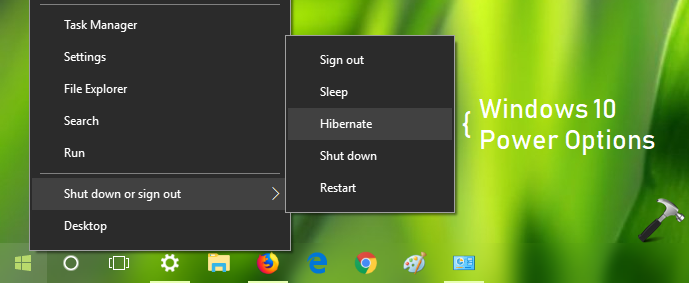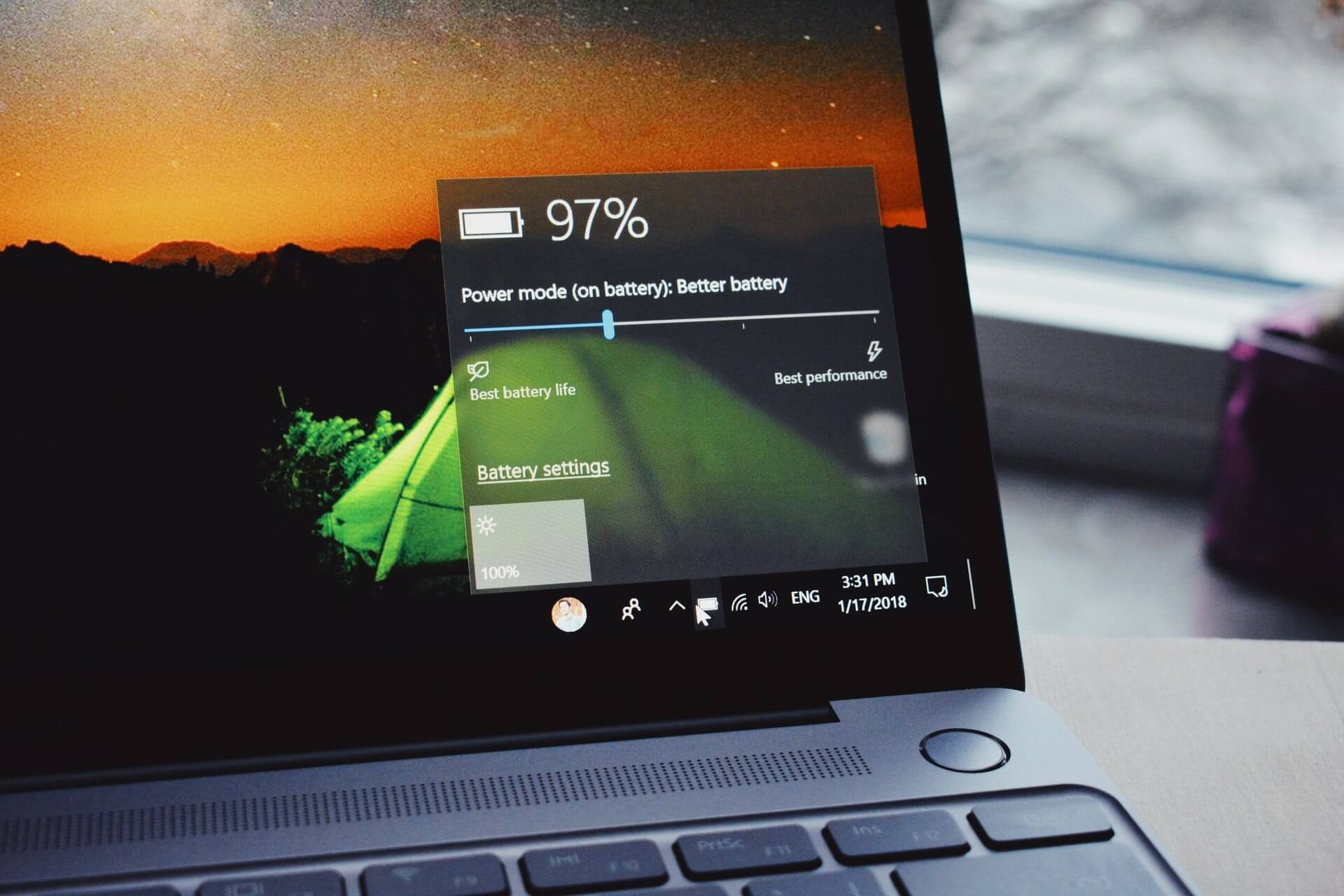

- #Windows sleep vs hibernate windows 10 how to#
- #Windows sleep vs hibernate windows 10 manual#
- #Windows sleep vs hibernate windows 10 Pc#
Hibernate mode uses less power than sleep mode and is available for laptops.
#Windows sleep vs hibernate windows 10 manual#
For more details about your Dell computer, see the user manual at Back to top NOTE: You can resume working by either pressing your computer's power button, pressing any key on the keyboard, clicking a mouse button, or opening the lid on a laptop. Press the power button on your desktop, tablet, or laptop, or close your laptop's lid to make your computer sleep.Next to When I close the lid, select Sleep, and then select Save changes. If you are using a laptop, select Choose what closing the lid does.Next to When I press the power button, select Sleep, and then select Save changes. If you are using a desktop, tablet, or laptop, select Choose what the power buttons do.

Or, select Start, then select Settings > System > Power & Sleep > Additional power settings.Use sleep mode when you are going to be away from your computer for a short time. You can quickly resume normal operation within a few seconds.

Your computer technically stays on, but all actions on your computer are stopped, any open documents and applications are put in memory.
#Windows sleep vs hibernate windows 10 Pc#
That said, for shorter breaks, it is better to let PC sleep than hibernate. Then, expand Hibernate After and set a time for on Battery and Plugged-in options. In the pop-up window, expand the Sleep section.
#Windows sleep vs hibernate windows 10 how to#
Related: How to Shut Down or Sleep Windows 10 With a Keyboard Shortcut Next, click on Change advanced power settings. To do this, open Control Panel, and go to System and Security > Power Options in the left pane, click on Choose when the computer sleeps. Under the Shutdown settings section, select the Hibernate option to turn it on.Īdditionally, you can set your laptop to automatically hibernate after a set amount of time.Click on Change settings that are currently unavailable.In the left pane, click on Choose what the power button does.

In the Control Panel, go to System and Security.Type control and click OK to open the Control Panel.If not, here is how to enable Hibernate on your Windows computer. You don't need to sit through the boot process or manually launch your apps again. When you power on your PC again, it restores your last sessions from the Hiberfil.sys file. You can simply close the laptop lid with the apps still running, pack up your PC and go home. It is an extremely convenient feature for those who spend most of their time sitting in front of their computer. Hibernate, on the other hand, shuts down your PC and draws no more power. In sleep mode, the computer saves all the active sessions to RAM and goes into a power-saver mode, but it still needs to draw some power to keep the data on the RAM alive. When you turn on the computer, it restores the data from the boot drive to the RAM again as if you never power off your PC. When hibernating, the PC saves all the active sessions from your RAM memory to the boot drive and shuts down the system. Related: A Guide to Windows 10's Power Options Users can configure the system to hibernate in an idle state to conserve power while significantly reducing the start-up time. Hibernate is a power management mode available in Windows computers.


 0 kommentar(er)
0 kommentar(er)
